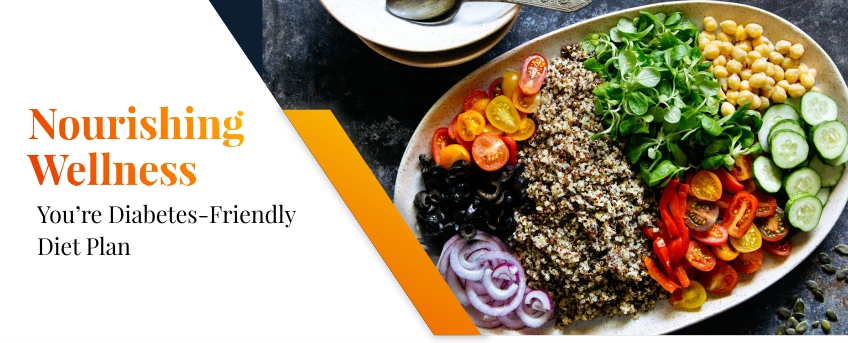Diabetes is defined as a group of metabolic disorders described by high blood sugar (hyperglycemia) or passage or detection of sugar in urine. There are mainly two types of diabetes, Type 1 diabetes in which the beta cells of the pancreas are destroyed by one’s own immune system. Type 2 diabetes which is mainly caused due to insulin resistance where the cells of the body fail to respond to the insulin correctly.
Diabetes is a chronic disorder which if not treated may be life-threatening. It is the leading cause of mortality in the world as it causes heart damage leading to cardiovascular diseases.
There are also other types of diabetes such as Gestational diabetes (diabetes caused during pregnancy) and Type 1.5 diabetes (which is still not accepted but studies have shown that it may exist).
Diet for Diabetes: Superfoods that you should eat!
Following are the foods rich in vitamins, minerals, antioxidants and fiber that can help prevent diabetes.
- Beans
- Dark Green Leafy Vegetables
- Citrus Fruit
- Sweet Potatoes
- Berries
- Tomatoes
- Omega-3 Rich Fish, Nutty Goodness, Whole Grains, and Dairy Delights
Glycemic Index and Diabetes
The glycemic index (GI), measures how a carbohydrate food increases blood glucose. The Glycemic Index (GI) ranks foods on a scale from 0 to 100, with glucose or white bread as the reference food (GI of 100). Foods with a higher GI value cause a more significant increase in blood glucose levels compared to those with medium or low GI values. When planning meals with the GI in mind, it’s advisable to opt for foods with low or medium GI ratings. In case you consume a high-GI food, combining it with low-GI foods can help maintain a balanced meal.
GI index of common foods
Here are some food examples categorized by their Glycemic Index (GI):
Low GI Foods (55 or less)
- 100% stone-ground whole wheat or pumpernickel bread
- Rolled or steel-cut oats, oat bran, and muesli
- Pasta, converted rice, barley bulgur
- Most fruits, non-starchy vegetables and carrots
Medium GI (56-69)
- Whole wheat, rye and pita bread, quick oats
- Brown, wild or basmati rice, couscous
High GI (70 or more)
- White bread or bagel
- Corn flakes, puffed rice, bran flakes, instant oatmeal
- Russet potato, pumpkin
- Pretzels, rice cakes, popcorn, saltine crackers
- melons and pineapple
Diet for Diabetes: Create Your Plate in 7 steps (as per ADA)

- Imagine dividing your dinner plate by drawing a line down its center. Then on one side, cut it again so you will have three sections on your plate.
- Fill the largest section with non-starchy vegetables. See this list of non-starchy vegetables.
- Now in one of the small sections, put grains and starchy foods. See this list of grains and starchy foods.
- And then in the other small section, put your protein. See this list of protein foods.
- Add a serving of fruit, a serving of dairy or both as your meal plan allows.
- Choose healthy fats in small amounts. For cooking, use oils. Enhance your salads with nutritious ingredients like nuts, seeds, avocado, and vinaigrettes.
- To round out your meal, opt for a low-calorie beverage such as water, unsweetened tea, or coffee.
Dos and Don’ts for diabetics
- Eat at regular intervals
- Replace simple carbohydrates with the complex one.
- Have a low-carb meal
- Increasing the amount of protein and fiber accelerates metabolism
- Exercise daily
- Take Chromium Picolinate
- Monitor your sugar levels
- Lose weight and avoid binge eating

